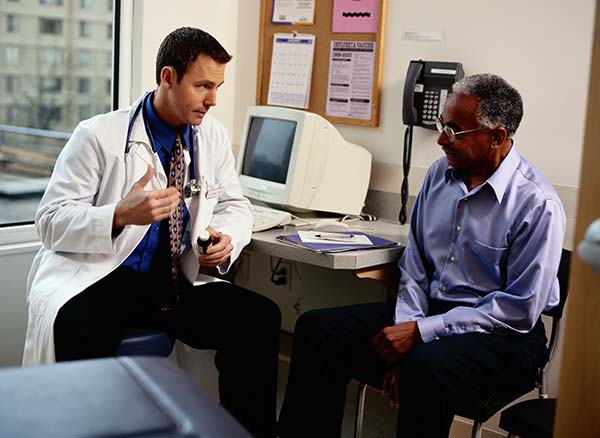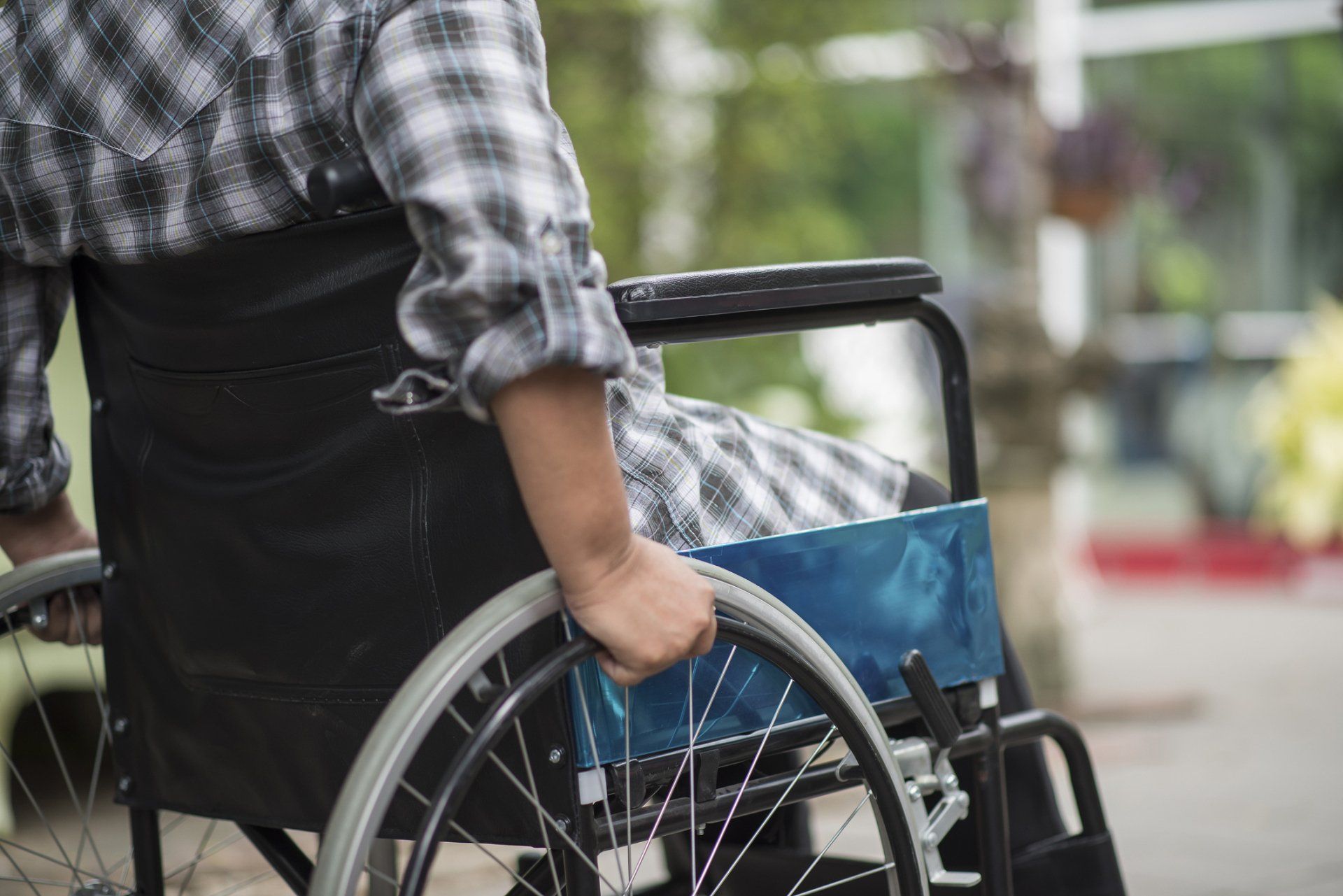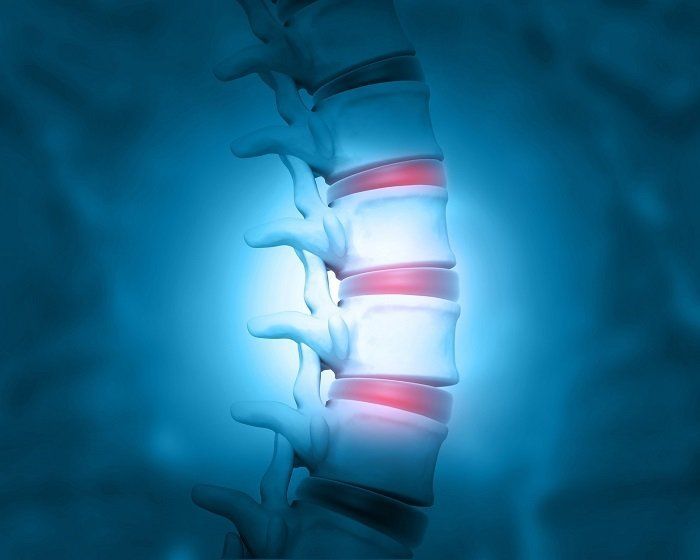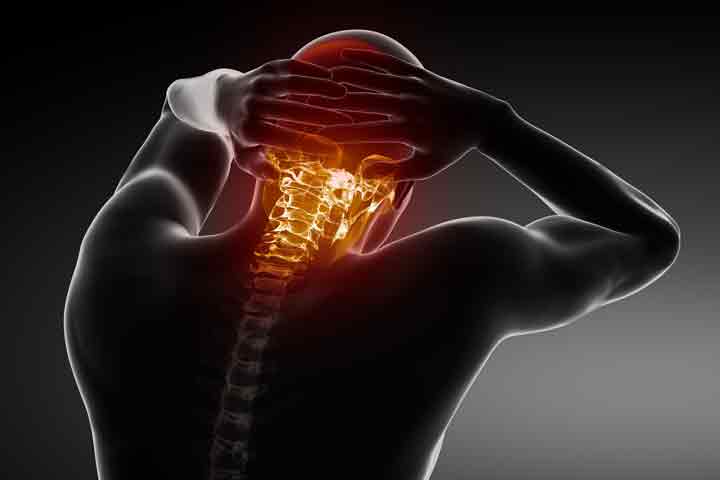7 Tips for Reducing Multiple Sclerosis Pain
If you have been diagnosed with multiple sclerosis, you are not alone. According to the National Multiple Sclerosis Society, more than 2.3 million people in the world suffer from this condition. Multiple sclerosis is more common among women and individuals between the ages of 20 and 50.
Pain is one of the most common side effects of this disease and impacts your quality of life. However, if you are willing to make some lifestyle changes, you can live a normal life. Here are seven helpful tips for reducing multiple sclerosis pain.
1. Eat the Right Foods
The foods you eat can have an effect on your multiple sclerosis symptoms. Because multiple sclerosis is considered an inflammatory condition, it's beneficial to consume anti-inflammatory foods.
Salmon and other fatty fish, for example, are great for fighting inflammation because they are packed with omega-3 fatty acids. Avocados, olive oil, flaxseeds and turmeric also have anti-inflammatory properties that are beneficial for multiple sclerosis.
2. Reduce Stress
Living with multiple sclerosis can be quite stressful at times. Unfortunately, being overly stressed can make your symptoms worse. Whenever you start to feel anxious, it might be helpful to engage in a relaxation exercise, like deep breathing or meditation.
Remember to do these relaxation exercises in a quiet room with no distractions and make sure your body is in a comfortable position.
3. Get Moving
When you are in pain from your multiple sclerosis, exercise is probably the last thing on your mind. However, moving your body can actually help alleviate pain in your muscles. It's best to stick with low-impact activities, like swimming and walking, because they are easier on your joints.
Start out slowly and don't push your body too hard. If you feel pain during exercise, you should immediately stop what you're doing.
4. Get a Massage
If you suffer from multiple sclerosis, it may be beneficial to get regular professional massages. A massage can help relax your entire body, which may alleviate some of the pain. It's a good idea to see a massage therapist who has experience working with multiple sclerosis patients.
If you ever feel too much pressure or pain during a massage, don't hesitate to let the massage therapist know.
5. Get Plenty of Rest
When you are dealing with pain and other multiple sclerosis symptoms, it can be difficult to fall asleep. However, not getting enough rest can make your symptoms even worse. Doing a relaxing activity before bedtime can make it easier to fall asleep. For example, you could practice yoga or take a warm bath.
Going to bed and waking up at the same time can also make it easier to fall asleep at night as your body get used to the routine.
6. Consider Medication
If the pain gets severe enough, it may be necessary to take medication for it. For example, if you have painful muscle spasms, your doctor may prescribe muscle relaxants. It's important to take the medication as directed and notify your doctor immediately if you are experiencing and side effects from it.
7. Try Acupuncture
Acupuncture can alleviate pain and other multiple sclerosis symptoms. During this treatment, an acupuncturist will insert thin needles into specific points in your body to change the flow of energy, which reduces pain. The idea of having needles in your skin might seem scary, but most people feel little discomfort with acupuncture.
Living with multiple sclerosis can definitely be frustrating at times. However, if you take good care of your body and follow your doctor's instructions, it's completely possible to have a good quality of life. If you want to learn more information about treating multiple sclerosis pain, contact Specialists in Pain Management.
Licensed | Bonded | Insured
DISCLAIMER: You will receive a call to remind you of your appointment. If you must cancel your appointment, we would appreciate at least 24 hours notice. No-shows may be charged a missed appointment fee of $25. Please bring your insurance card, a picture ID and your current medications to each visit.
CONTACT INFORMATION
Chattanooga Location
Address: 281 N. Lyerly St, Suite 200,
Chattanooga, TN 37404
Fax: 423-698-0511
Ooltewah Location
Address: 4957 Swinyar Drive, Suite 101,
Ooltewah, TN 37363
Fax: 423-362-7778
Phone: 423-698-0850
Cleveland Location
Address: 862 Callen Ln, NW Suite 110
Cleveland, TN 37312
Fax: 423-698-0511
Business Hours:
Chattanooga Location
- Mon - Fri
- -
- Sat - Sun
- Closed
Appointments Available
Ooltewah Location / Cleveland Location
- Mon - Thu
- -
- Fri - Sun
- Closed




CareCredit, Most Major Insurances Accepted
OUR LOCATION
Chattanooga Location
Ooltewah Location
Cleveland Location













